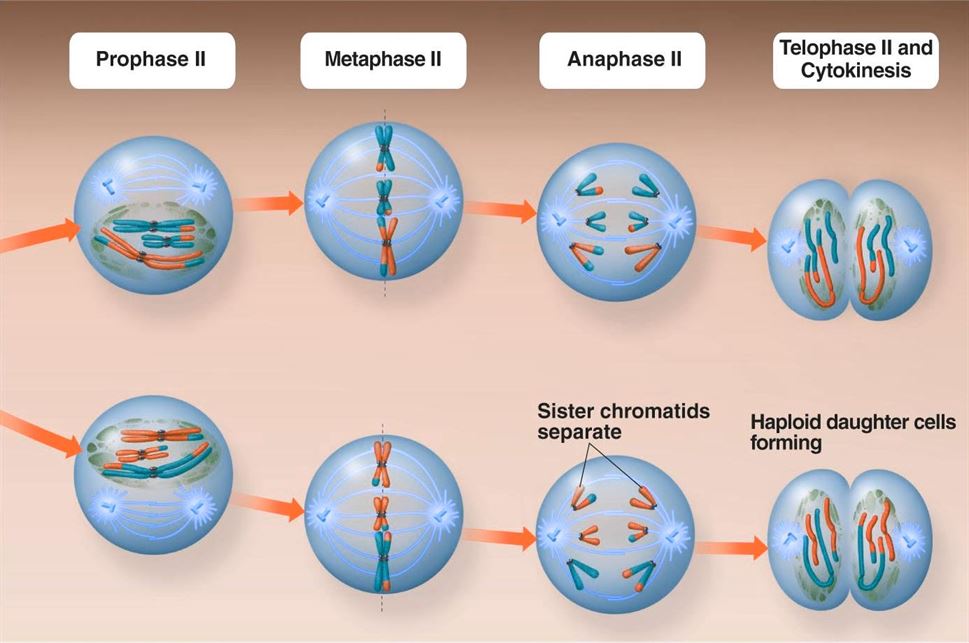
Prophase 1 in meiosis full#
Diploid organisms inherit one copy of each homologous chromosome from each parent all together, they are considered a full set of chromosomes. Homologous chromosomes are matched pairs containing genes for the same traits in identical locations along their length. Somatic cells are sometimes referred to as “body” cells. Most animals and plants are diploid, containing two sets of chromosomes in each somatic cell (the nonreproductive cells of a multicellular organism), the nucleus contains two copies of each chromosome that are referred to as homologous chromosomes. So, in addition to fertilization, sexual reproduction includes a nuclear division, known as meiosis, that reduces the number of chromosome sets. If the reproductive cycle is to continue, the diploid cell must somehow reduce its number of chromosome sets before fertilization can occur again, or there will be a continual doubling in the number of chromosome sets in every generation. Cells containing two sets of chromosomes are called diploid. Haploid cells contain one set of chromosomes. The number of sets of chromosomes in a cell is called its ploidy level. If those two cells each contain one set of chromosomes, then the resulting cell contains two sets of chromosomes. Sexual reproduction requires fertilization, a union of two cells from two individual organisms.


Describe cellular events during meiosis.Describe the behavior of chromosomes during meiosis.Learning Objectives By the end of this section, you will be able to:


 0 kommentar(er)
0 kommentar(er)
